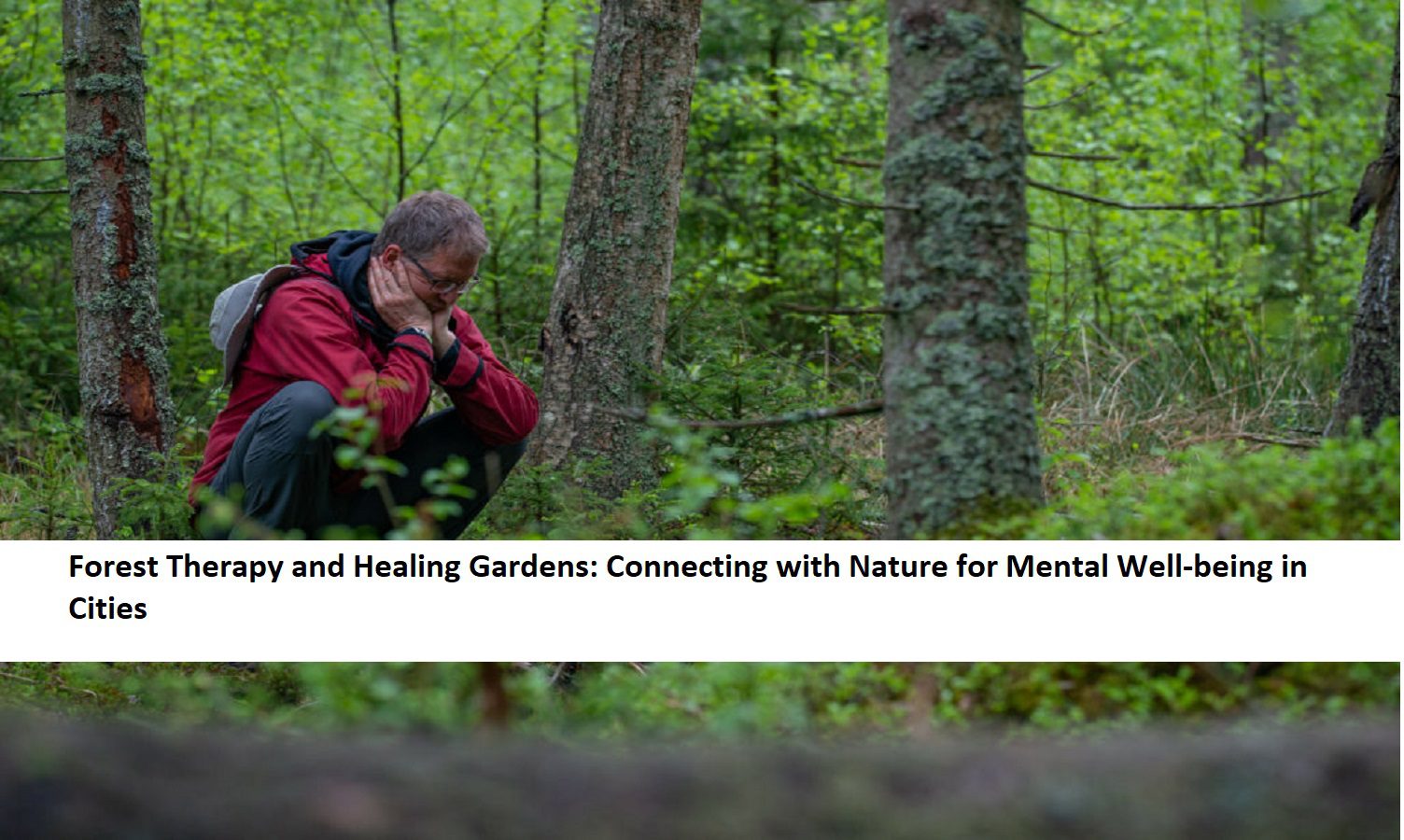People in cities often deal with stress. People in Malaysia, like people everywhere else, can have mental health problems at work. Traditional treatments for mental illness have their place, but forest therapy, which focuses on nature, is an interesting alternative.
Shinrin-yoku is a brand-new Japanese practice. It means spending time on purpose in a lush forest. Forest therapy isn’t just about being in the forest. It’s also about how to interact with nature in a thoughtful way. Forest therapy benefits include reduced stress, lower blood pressure, improved focus and memory, and a strengthened immune system.
Use all your senses in the forest to get the most out of it. Part of this life-changing experience is practicing mindful walking, deep breathing, and “forest bathing” in the middle of the forest.
Science backs up forest therapy. It is based on Japanese customs that put a high value on nature, such as bonsai and tea ceremonies. Studies show that spending time in a forest can make you feel less stressed, lower your blood pressure, help you focus and remember things better, and make your immune system stronger. Forest therapy is an important part of public health around the world because it is effective, cheap, and good for both physical and mental health.
People who live in places without forests can still make healing gardens, which is a useful and fun solution. You can make these gardens fit any size space, from a yard to a corner of an apartment. They may be calm. Urban forests are places in cities where plants are left to grow naturally. Urban forests are important for planning cities around the world in the future.


When making a healing garden design, think about who will use it. When making plans for the garden, think about people who are sensitive to light, smell, or have diseases like Alzheimer‘s or Parkinson’s. The layout of the garden is important. Especially at night, it’s important to have good lighting, and small groups or individuals should have their own space.
Choosing an open layout that takes advantage of natural features can make people want to stay longer and enjoy their surroundings. It’s important to be careful when picking plants because some of them can cause allergies.
A healing garden needs to be interesting to all five senses:
Sight: To draw people in, the design of the space should have different shapes, textures, and colors. Seeing plants move and feeling a light breeze can make you feel better. You can change how people act by choosing a color palette. You can get more energy from reds and oranges, and you can calm down with blues and greens.
Add sounds from the outside to the garden: The rustling of the leaves, the soft sound of the water, and the chirping of the birds create a calm atmosphere.
Smell: Herbs that smell good, like lavender, basil, and citrus plants, can wake up your sense of smell. These smells can help therapy by bringing back memories.
Touch: Add things you can touch to the garden to keep it interesting. It can be nice to touch the petals of a flower, the bark of a tree, or the surface of a leaf.
Choose plants that won’t hurt you: Not all plants need to be edible, but having a garden near a cafeteria lets people enjoy their meals in the calming presence of nature. These are the all five senses in healing gardens.
Those who have access to larger gardens or public spaces can make the healing experience better by
Encourage neighbors to help build and take care of the garden to make them feel like they own it and to bring them closer together. Host mindfulness sessions or horticulture programs to help people connect with nature as part of therapeutic programs.
Zen rock garden benefits include promoting relaxation, fostering mindfulness, and providing a calming environment for meditation and reflection.. Use bird feeders and plants that butterflies like to come to your yard. This will help even more with therapy. Make sure the healing garden is accessible to people with disabilities by adding paths, beds, and sensory markers.
Chances to learn: Change the garden by adding interactive information boards about different plants.
A healing garden is both a safe place and a source of power. It gives you a break from the stresses of life and is good for your mental and physical health. Healing gardens in cities can help people connect with nature and feed their souls.
Our Reader’s Queries
How do you do forest therapy?
Forest Therapy: A Beginner’s Guide in 8 Steps
Step 1: Find a Guide in Your Area
Step 2: Follow General Guidelines
Step 3: Choose a Suitable Forest
Step 4: Arrive at Your Chosen Spot
Step 5: Take Slow, Mindful Walks
Step 6: Connect with Nature
Step 7: Find a Quiet Spot to Sit
Step 8: Contribute to the Forest
What is an example of forest therapy?
Session 1: Boosting Belonging and Confidence
Activities: Guided forest walk and stretching
Session 2: Connecting with Nature through Barefoot Forest Walk
Activities: Engaging in conversation with nature
Session 3: Building Cooperation and Trust
Activities: Natural object sensory game and photo storytelling
Session 4: Team Building in the Forest
Activities: Forest band exercise and rope challenges
What is the difference between forest therapy and forest bathing?
Forest bathing, also known as forest therapy, can take place in nature-based spots like hiking trails and biking paths, as well as water-based areas for canoeing, kayaking, or fishing. Locations vary from unspoiled wilderness to city settings like urban forests or parks.
Is Forest Therapy legit?
Forest therapy seems to offer real health perks. For instance, it can decrease the levels of salivary cortisol, the hormone that surges when we’re stressed out. A study in Japan found that just 20 minutes of gazing at forest landscapes led to a 13.4 percent drop in salivary cortisol levels.

